
ANSI C18.3M or 16 CFR Part 1700.15 & 1700.20 Testing Cost
Recently, Amazon US announced that sellers are requiRED to comply with new packaging and warning label regULations for button and coin cell batteries.
Starting from March 2, 2023, if you sell standalone button or coin cell batteries on Amazon, you must provide proof that your products meet child-resistant packaging and warning label requirements.
Applicable products include standalone button or coin cell batteries commonly used to power devices such as watches, digital clocks, hearing aids, and other small electronics.
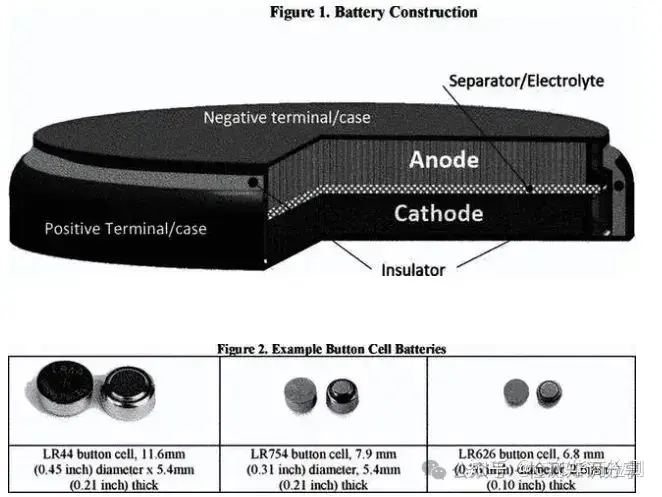
Let’s first talk about the testing cost for ANSI C18.3M or 16 CFR Part 1700.15 & 1700.20. The cost varies by testing lab.
For example, the cost of ANSI C18.3M or 16 CFR Part 1700.15 & 1700.20 testing at JJR Lab in China is USD 690. It requires 3 button battery samples and takes 2 weeks to complete.
Background
On August 16, 2022, the U.S. President signed H.R.5313, Reese’s Law, into effect. This law requires the U.S. Consumer Product Safety Commission (CPSC) to establish safety standards within one year for button or coin cell batteries and consumer products containing them, in order to protect children from related hazards.
On February 10, 2023, the CPSC issued notice G/TBT/N/USA/1964, proposing a new rule concerning packaging and safety standards for products containing button or coin cell batteries.
According to Section 3(a) of Reese’s Law, beginning 180 days after the law was enacted (i.e., February 12, 2023), the sale, offer for sale, manufacture, commercial distribution, or import of button or coin cell batteries into the U.S. must comply with 16 CFR 1700.15 and 16 CFR 1700.20 or other testing standards specified by the Commission.
Under Section 4 of Reese’s Law, compliance with labeling and packaging provisions of the ANSI C18.3M safety standard for portable lithium primary cells and batteries may exempt the product from Section 3(a) requirements.
Scope of Products
Reese’s Law defines a “button cell or coin battery” as:
(A) A single cell battery with a diameter greater than its height; or
(B) Any other battery that, regardless of its chemistry, the Commission determines poses an ingestion risk.
The NPR primarily focuses on batteries defined in part (A), since cylindrical batteries with a smaller diameter than height (e.g., AAA cells) do not pose the same ingestion hazards.
Amazon Policy on Button and Coin Cell Batteries
Amazon requires that all button and coin cell batteries be tested and comply with the following regulations, standards, and requirements:
Applicable standards include one of the following sets:
• 16 CFR Part 1700.15 (Poison Prevention Packaging Standards); and
• 16 CFR Part 1700.20 (Testing Procedures for Special Packaging)
OR
• ANSI C18.3M (Safety Standard for Portable Lithium Primary Cells and Batteries)
16 CFR 1700.15 and 1700.20 focus on packaging evaluation,
ANSI C18.3M evaluates the battery itself.
All three standards together comprise a complete compliance set. Batteries with different models must be tested separately and cannot be grouped.
Labeling and Packaging Requirements for Button Cell Batteries
Warning Label Requirements:
● Clearly state the ingestion hazard;
● Where practical, instruct consumers to keep new and used batteries out of children's REACH. In case of ingestion, seek immediate medical attention and follow consistent medical advice.
● The warning statement must appear on the product packaging, user manual, and battery compartment.
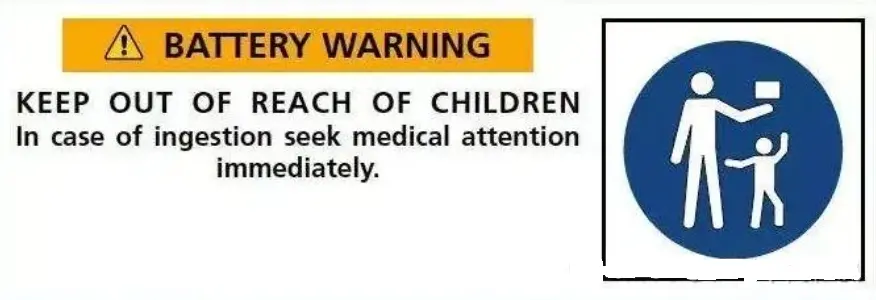
Sample Warning for Battery Packaging:
Include clear warning messages on the battery packaging, advising consumers to keep spare batteries out of children's reach and to dispose of used batteries promptly.
Example: “BATTERY WARNING: KEEP OUT OF REACH OF CHILDREN”
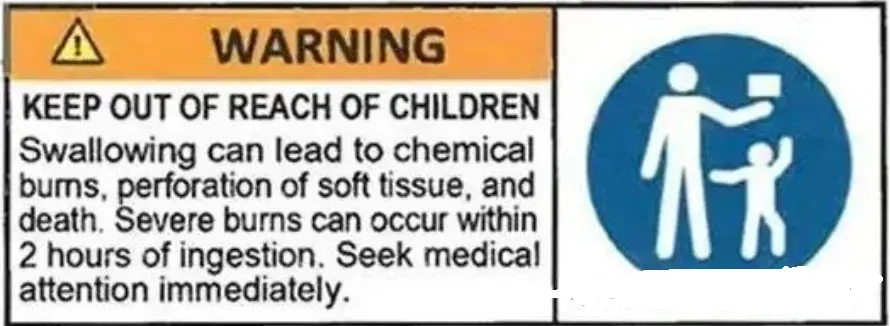
Another example:
Include a warning such as:
“If you think batteries might have been swallowed or placed inside any part of the body, seek immediate medical attention.”
This warning must also appear on both the product packaging and user manual.
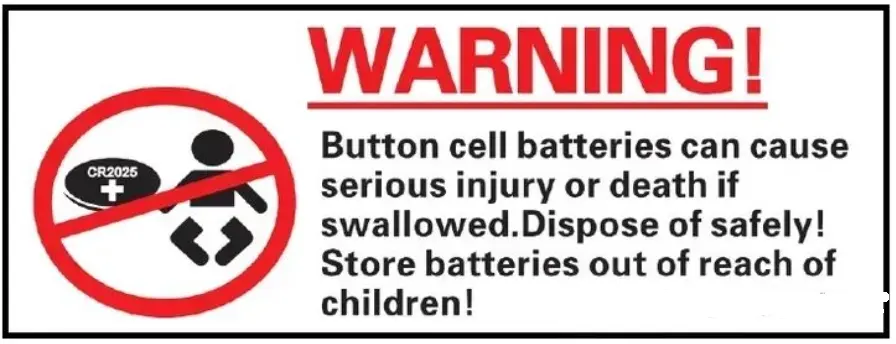
Required Information
You must be aware of the following information. We may request it at any time, so it is recommended to prepare in advance:
• Your company name (if applicable) and seller ID
• Your contact information: email and phone number
• A list of all button and coin cell batteries listed in your Amazon store
• Product names or model numbers shown on the product detail pages
• Product descriptions and manuals for button and coin cell batteries
• Images of product labels, safety information, compliance markings, hazard warnings, and all sides of product packaging
• Test reports issued by an ISO 17025-accredited laboratory proving compliance with the above regulations, standards, and requirements
• Test reports must include images of the tested product to confirm it matches the product listed on the detail page
• A valid General Certificate of Conformity (GCC), if applicable
• Product images proving compliance with the following requirements:
• Poison Prevention Packaging (16 CFR Part 1700.15)
• Safety Labeling Statement (Public Law 117-171)
Email:hello@jjrlab.com
Write your message here and send it to us
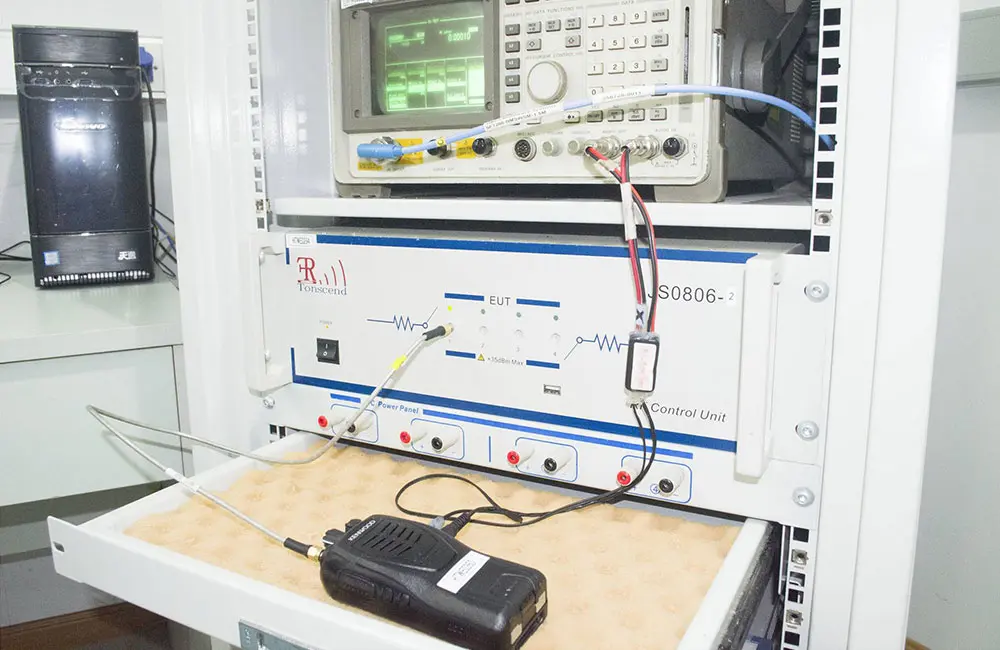 What is the meaning of EMC?
What is the meaning of EMC?
 Why EMC Test Is Required?
Why EMC Test Is Required?
 What is the Difference Between EMI and EMC?
What is the Difference Between EMI and EMC?
 What is the difference between CE EMC and CE LVD?
What is the difference between CE EMC and CE LVD?
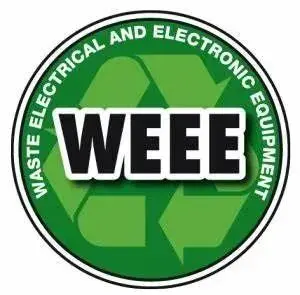 What Is the EU WEEE for Electronic and Electrical
What Is the EU WEEE for Electronic and Electrical
 What Is the ASTM D4316-95(2016) Hot Water Bottle T
What Is the ASTM D4316-95(2016) Hot Water Bottle T
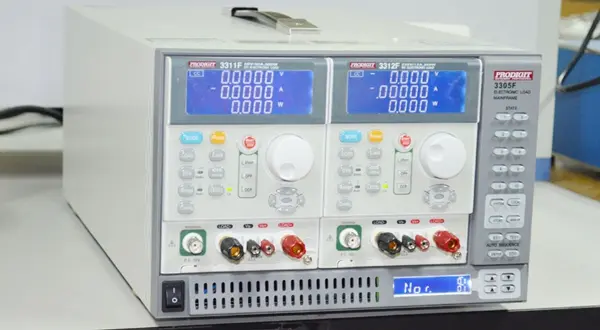 Amazon Electric Massager UL1647 Test Report
Amazon Electric Massager UL1647 Test Report
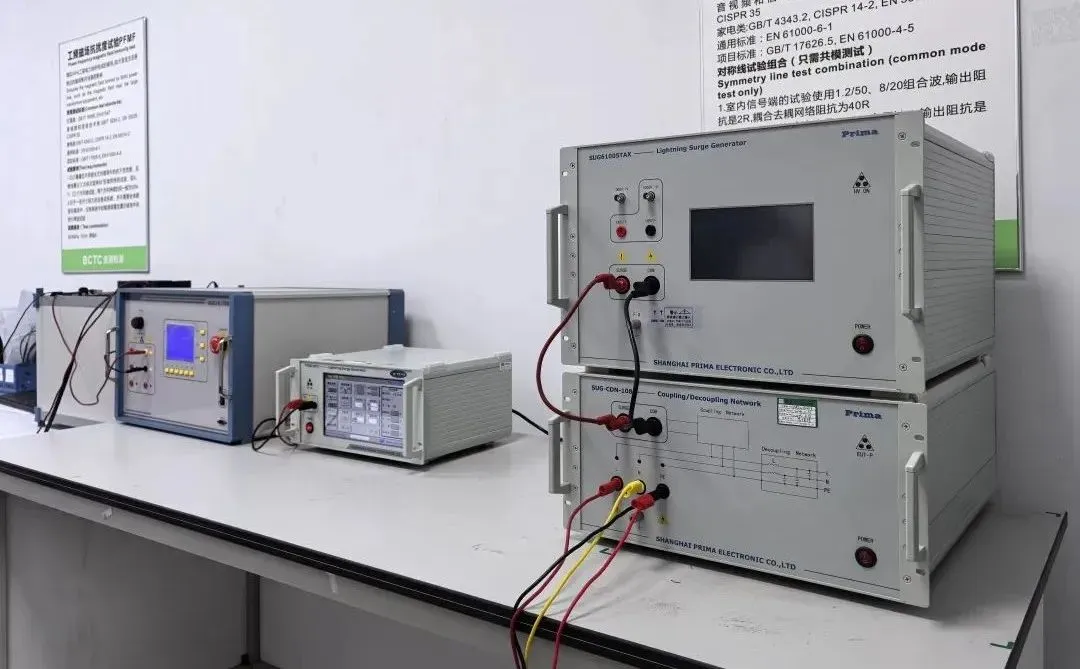 What Is IEC 60068-2-5:2018 Solar Radiation Test?
What Is IEC 60068-2-5:2018 Solar Radiation Test?
Leave us a message
24-hour online customer service at any time to respond, so that you worry!




